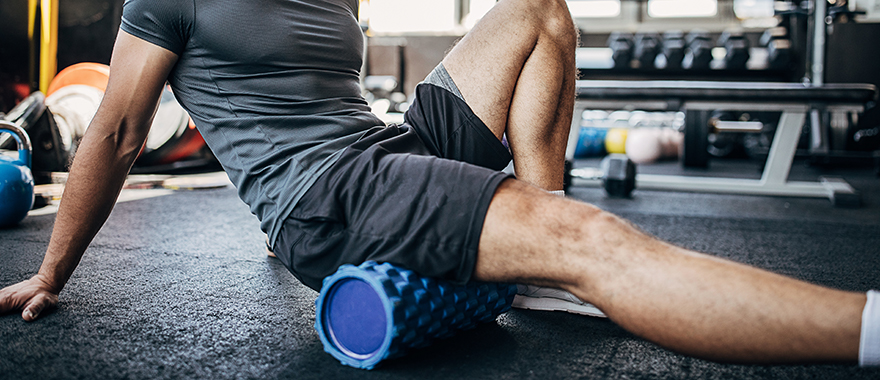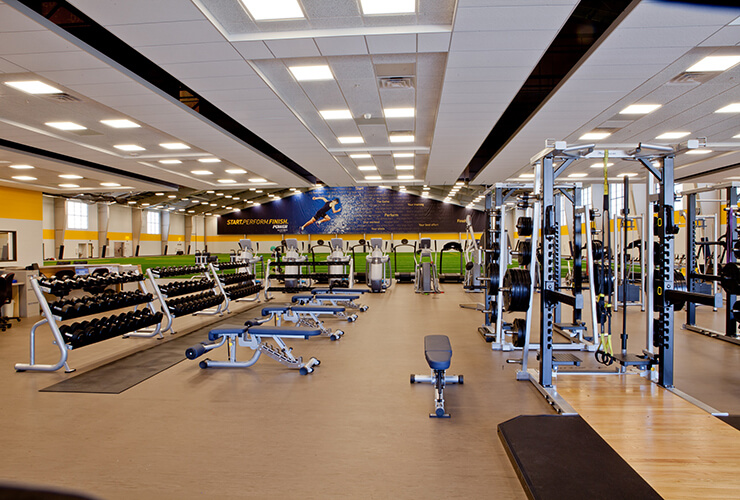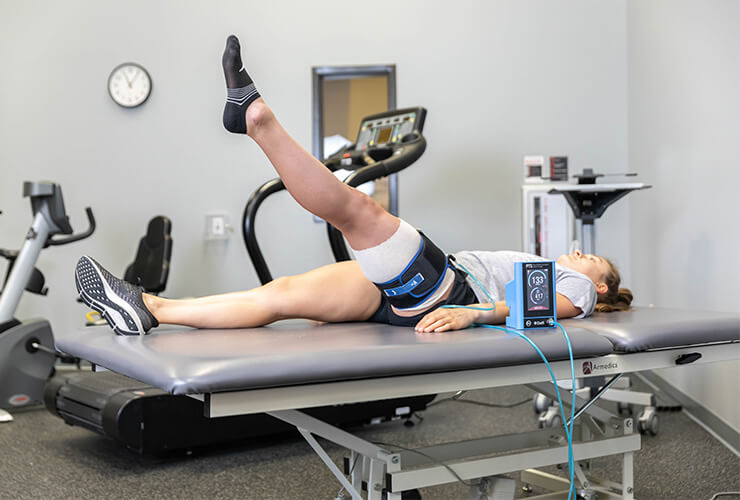How foam rolling benefits performance recovery

Posted: March 25, 2024
Foam rolling is used to alleviate muscle tightness, improve flexibility and enhance recovery by applying pressure to specific areas of the body.
This technique can be an effective therapy tool for preparing the body for a workout and aiding it in recovery afterwards. Consider adding foam rolling into your warm-up and cool-down routines to get the following benefits.
Increases range of motion
Foam rolling before a workout can reduce stiffness and help your body feel more limber.
Foam rolling relaxes the muscles and tendons, causing the fibers to move from a contracted state to an elongated state. This can increase the range of motion around the joint the muscles control, improving mobility and optimizing motion.
Increases circulation
Foam rolling increases blood flow to muscle tissues. This can be especially beneficial for fascia (a layer of connective tissue that surrounds muscles), tendons and ligaments, which receive little blood flow under normal circumstances. Because blood carries oxygen, glucose and other nutrients that muscles and tissues need to contract and repair, increasing blood flow enhances the delivery of vital nutrients and can maximize function and recovery.
If you have an injury or if you are sore after a workout, foam rolling can help encourage the removal of inflammatory waste products, flushing these tissues with fresh nutrients and circulating out toxins.
Warms up muscles
The friction generated by foam rolling creates heat that warms up muscles, tendons, fascia and other connective tissues. Warm tissues are more pliable and less likely to get injured, so adding foam rolling to your pre-workout routine can be an important step in mitigating the risk of injury, especially if you’ve been sedentary for a few hours before your workout.
Reduces muscle soreness
Research has found that foam rolling after a hard workout can decrease the intensity of delayed-onset muscle soreness, the achy pain that can creep up 24-48 hours after intense exercise.
Foam rolling helps prevent muscle adhesions and enhances the circulation of oxygenated blood to depleted muscles after exercise. In this way, foam rolling can reduce inflammation and soreness in and around muscles and joints.
Reduces pain
If you have pain due to stiffness, foam rolling can provide the stimulus your muscles need to relax, effectively easing pain. Research has demonstrated an improvement in reported back pain severity as well as chronic widespread pain for fibromyalgia sufferers with regular foam rolling.
Relaxes the body
Studies have found a psychological benefit of foam rolling as well, with reported feelings of relaxation, tension and stress relief and an improvement in overall mood. Many athletes report that ending an exercise session with a gentle, full-body foam rolling routine simulates a massage and can increase feelings of overall well-being and workout satisfaction.
By incorporating foam rolling into your pre- and post-workout routines, you are more likely to recover faster, perform better and stay injury-free.




